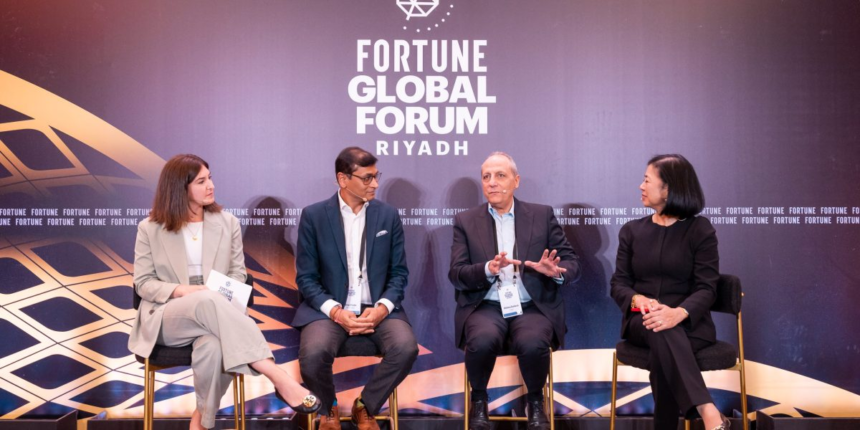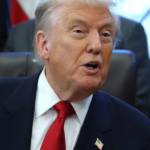Good morning!
“If you’re looking at, let’s say, the AI world, and really what amounts to about 3 million people—1% of the population—leading, and then … the 5% or 10% around them, you have one world that the whole world is dependent on,” he explained. “And then you have the bottom 60% of the population.”
Speaking of AI and the workforce, I led a conversation on building a tech future-ready workforce, and how leaders can make sure human workers and AI agents work collaboratively and productively.
Vinay Firake, tech and consulting firm Wipro’s CEO of APMEA Strategic Market Unit, told me that in order for a company to ensure success with its AI programs, it’s “absolutely essential” to have the human inserted at the right place. It’s not about AI replacing jobs, he said—but leaders do need to think critically about which tasks require a human touch.
One of the big questions that Anne Lim O’Brien, vice chair of Global & CEO Practice at executive search firm Heidrick & Struggles, said she gets from corporate clients is around using AI in succession planning and to decide which employees get promoted. She acknowledged that it can be helpful, but also issued a warning: Managers must critically think about everything AI spits out, and not take it at face value.
“Frankly, it saves so much. You get all your answers at your fingertips. It’s so sexy,” she said. “But is it the be-all and end-all of your answers? No.”









